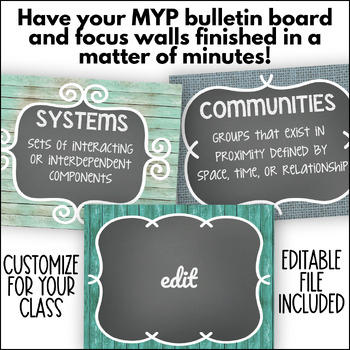
Integrating technology to foster inquiry in an elementary science methods course: A case study of one teacher educator’s initiatives in a PT3 project. The relationship of the world wide web to thinking skills. īradshaw, A., Bishop, J., Gens, L., Miller, S., & Rogers, M. Journal of Science Teacher Education, 14(4), 237–257. Enhancing preservice teachers’ understanding of web-based scientific inquiry. Contemporary Issues in Technology and Teacher Education, 5(1), 50–65. Implementing web-based scientific inquiry in preservice science methods courses. Care (Eds.), Assessment and Teaching of 21st Century Skills (pp. īinkley, M., Erstad, O., Herman, J., Raizen, S., Ripley, M., Miller-Ricci, M., & Rumble, M. International Journal of Science Education, 38(1), 17–29. Reconceptualising inquiry in science education. Journal of College Science Teaching, 044(03). Research and teaching: effects of a science content course on elementary preservice teachers’ self-efficacy of teaching science. Enhancing undergraduate students’ chemistry understanding through project-based learning in an IT environment. Journal of Science Teacher Education, 19(6), 523–545. Developing science pedagogical content knowledge through mentoring elementary teachers. Thus, it might be implied that the Natural History teacher candidates have relatively not internalized the awareness and the best innovation in combining the lesson and the use of ICT through the ways that are more understandable for the students.Īppleton, K.
The results of the study show that the biggest data portion has been found in the use of the Internet-accessing tool although the score of this biggest portion falls into the “Low” category (under 25%). The data that had been gathered then were descriptively analysed. Then, the data gathering instrument that had been implemented was the investigation (ICT-Based Learning) questionnaire. As a result, 66 students from Batch 2019 of Lampung University were selected as the subjects for the study. During the conduct of the study, the purposive sampling technique was implemented in order to define the number of the sample. Departing from this elaboration, the objective of the study is to describe the capacity of ICT information and the delivery of the preliminary information for the needs of the Web-Based Inquiry. In relation to this initiative, the ICT-based learning capacity becomes a significant part since this capacity serves as the basis for the utilization of the Web-Based Inquiry, which has been marked by the capacity of operating the overall investigation information from the ICT-based learning.

Such investigative activity, or investigation in general, serves as the basis for a researcher to develop his or her study. Web-Based Inquiry is an important investigative activity that should be implemented in the classroom.


 0 kommentar(er)
0 kommentar(er)
